
This article was updated on November 13th, 2023
What is a melanoma? (with pictures)
Melanoma is a type of cancer that originates from melanocytes, which are the cells responsible for producing melanin, the pigment that colors the skin, hair, and eyes. In dogs, melanomas can arise in various locations. Though not the case 100% of the time, malignant melanomas most commonly occur in the mouth, around the lips, or on the gums. They can also be found surrounding the toenails and on the pads of the feet.
1. Oral melanomas
- Location: Found in the mouth, often in the gums, lips, or palate.
- Appearance: May be pigmented or non-pigmented and often grow quite large before being detected.
- Aggressiveness: Oral melanomas are typically malignant and can be very aggressive, often spreading to other parts of the body.
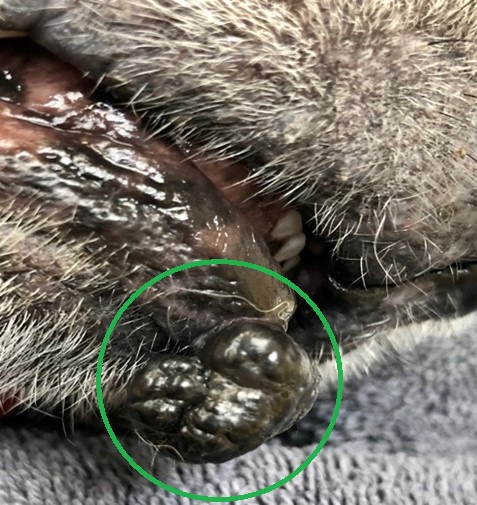
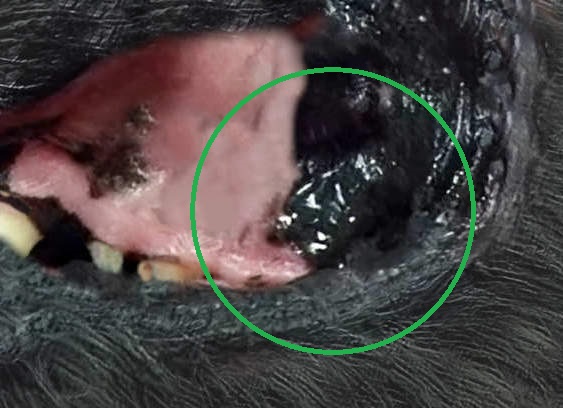
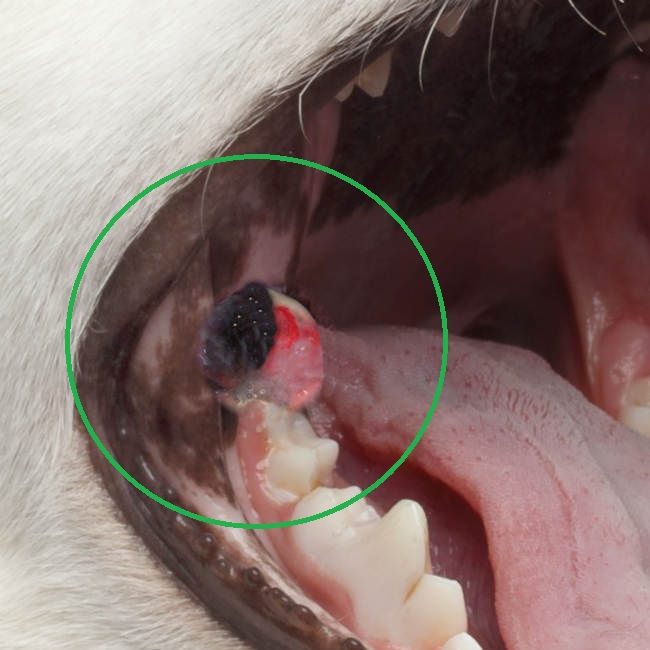
2. Cutaneous Melanoma
- Location: Found on the skin.
- Appearance: Can appear as dark, pigmented lumps, but some may also be non-pigmented.
- Aggressiveness: Generally, cutaneous melanomas in dogs tend to be benign and less aggressive than those in other locations.
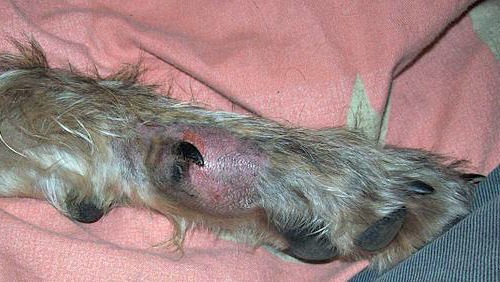
3. Ocular Melanoma
- Location: Arises in the eye.
- Appearance: Can affect the visible part of the eye or structures within the eye.
- Aggressiveness: Ocular melanomas can vary, with some being benign and others being malignant.
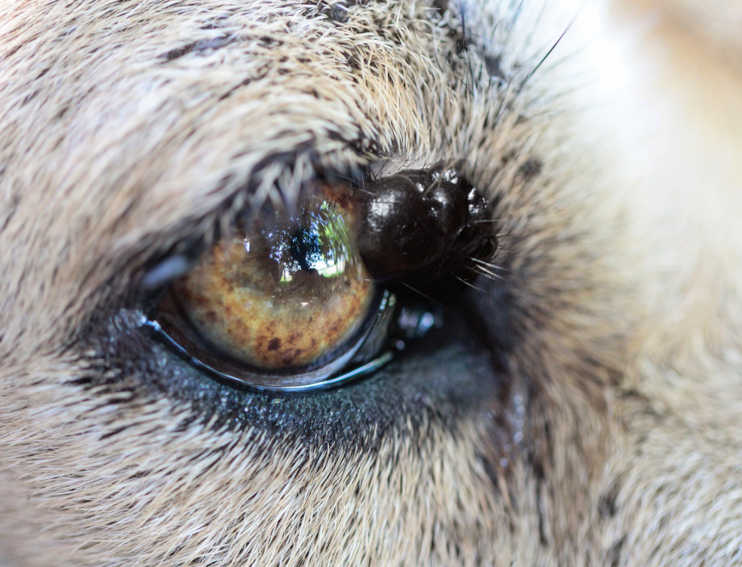
Although these ocular melanomas are often benign, they cause considerable pain and inflammation. Long term, melanomas can lead to glaucoma, retinal detachment, and cataracts. Without treatment, the mass will continue to grow and cause pressure build-up in the eye. Treatment options for ocular melanoma vary depending on the tumor’s extent and include:
- Laser surgery
- Partial removal of the iris
- Enucleation
4. Digital Melanoma
- Location: Found in the toes (digits).
- Appearance: Often pigmented.
- Aggressiveness: Generally aggressive and can be associated with bone destruction.
Are melanomas malignant or benign?
Melanoma skin masses may be malignant (cancerous and apt to spread) or benign. Benign melanomas (also known as melanocytomas) are typically found in areas of haired skin. They may be black or any shade of darker color than the dog’s normal skin. A melanocytoma may be very small or multiple inches in diameter. They tend to grow and change slowly in comparison to the malignant version.
Only a veterinarian can tell the difference between a benign and a malignant melanoma by doing a biopsy.
Melanomas are cancers of the melanocytes in the skin that produce melanin. However, malignant melanomas grow extremely quickly and have the ability to spread to other organs (metastasize). Malignant melanomas usually metastasize to the liver and the lungs in dogs.
Breeds
Melanomas are more common in:
- Anatolian Shepherd
- Cocker Spaniel
- Chow Chow
- Dachshund
- Golden Retriever
- Gordon Setter
- Poodle
- Scottish Terrier
Benign melanocytomas are most commonly diagnosed in Schnauzers, Vizslas, Doberman Pinschers, terriers, and Labrador Retrievers. They are also more commonly diagnosed in older dogs.
The most common breeds to be affected by malignant melanomas are Schnauzers and Scottish Terriers. Being black in color is also a risk factor.
Disclaimer: This website's content is not a substitute for veterinary care. Always consult with your veterinarian for healthcare decisions. Read More.


Be the first to comment